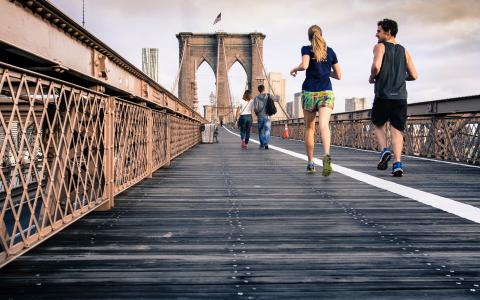After Spain announced a nationwide lockdown over the coronavirus outbreak on Saturday, a man in Seville put on workout clothes, climbed to a rooftop in his apartment complex, and started doing jumping jacks and squats. All around him, people watched from their balconies and followed along as he encouraged them to keep moving. The government had ordered everyone to stay home for two weeks in an attempt to slow the explosive spread of COVID-19, the disease caused by the virus, allowing people to venture out only for essential reasons. Going to the gym wasn’t one of them. What else was a quarantined fitness instructor to do?
This scene was a surreal harbinger of what’s to come, not just in Europe, but here in the U.S, where the virus has now spread to all 50 states. Only a few days ago, as people adjusted to social-distancing measures, they wondered, Is it safe to go to the gym? Now their gym might not even be open; at least 15 states have ordered gyms and fitness centers to close, and popular chains across the country are choosing to close on their own.
With every day that passes, it becomes clearer that the measures put in place now to keep the virus from spreading could last not weeks, but months. In this unpredictable moment, maintaining a grip on normalcy suddenly seems like one of the most important tasks. How do we do the basics of life—eat, socialize, keep our bodies from atrophying because of disuse?




